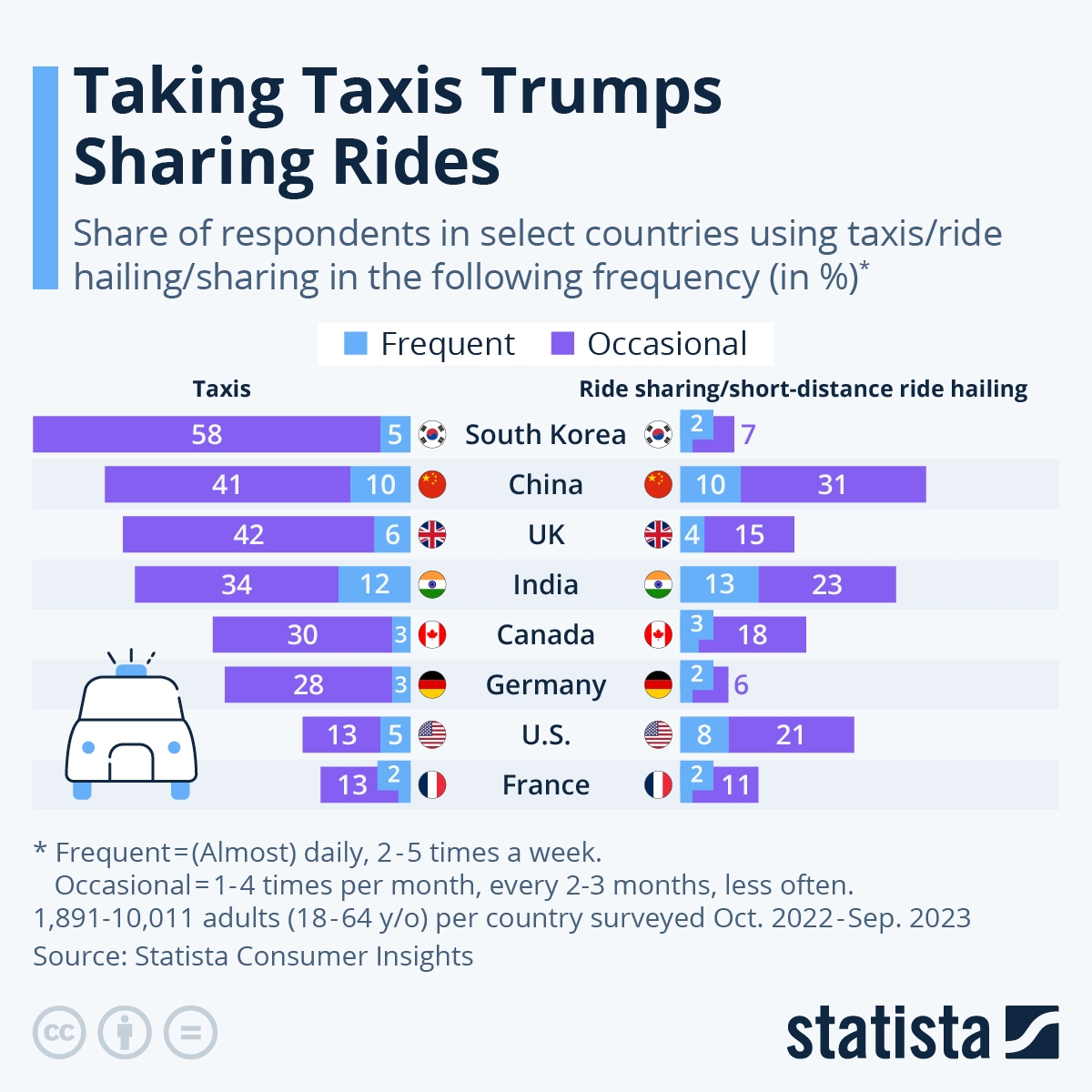Comparing Uber, Lyft, and Local Taxi Services in Toronto
Navigating a bustling city like Toronto can be a challenge, especially if you’re trying to decide between using Uber, Lyft, or a traditional local taxi service. Each option has its own set of advantages and drawbacks, and understanding these can help you make the best choice for your travel needs. Whether you’re a resident or a visitor, this guide will provide practical insights into each service to help you get around Toronto efficiently.
Cost and Pricing Structure
When it comes to cost, Uber and Lyft generally offer competitive pricing compared to traditional taxis. Both ride-sharing services use a dynamic pricing model, which means prices can fluctuate based on demand, time of day, and traffic conditions. During peak hours or special events, you might find that prices surge significantly. However, both apps allow you to see the estimated fare before you book, which can help you make an informed decision.
Local taxis in Toronto have a more straightforward pricing structure, with rates regulated by the city. This means you won’t experience price surges, but the base fare might be higher than what you would pay during off-peak times with Uber or Lyft. Taxis charge a standard rate per kilometer, plus a base fare and any applicable waiting time fees. If you prefer predictability and don’t want to worry about fluctuating prices, a local taxi might be the way to go.
Availability and Convenience
In terms of availability, Uber and Lyft have a significant presence in Toronto, making it easy to find a ride almost anywhere in the city. Both services operate through mobile apps, allowing you to request a ride with just a few taps on your smartphone. This convenience is particularly useful if you’re in a hurry or unfamiliar with the area. Additionally, both services offer various vehicle options, from budget-friendly rides to more luxurious experiences.
Local taxis, on the other hand, can be hailed on the street or booked through a phone call or app. While they are widely available in downtown Toronto and other busy areas, you might find it more challenging to find a taxi in less populated neighborhoods. However, some people prefer the reliability of a traditional taxi, especially if they don’t have access to a smartphone or prefer not to use apps.
Service Quality and Safety
When it comes to service quality, both Uber and Lyft have built-in rating systems that encourage drivers to maintain high standards. After each ride, passengers can rate their driver and provide feedback, which helps ensure a consistent level of service. Both companies also conduct background checks on their drivers and offer in-app safety features, such as GPS tracking and the ability to share your trip details with a friend or family member.
Local taxi services in Toronto are regulated by the city, which means drivers must meet specific licensing requirements and adhere to safety standards. While you won’t find a rating system like Uber or Lyft, many taxi companies have been operating for years and have established reputations for reliability. Additionally, taxis are equipped with meters and GPS systems, ensuring that you are charged fairly for your ride.
In conclusion, choosing between Uber, Lyft, and local taxi services in Toronto depends on your specific needs and preferences. If cost and convenience are your top priorities, Uber and Lyft might be the best options. However, if you value predictability and prefer a more traditional experience, a local taxi could be the right choice. By understanding the differences in cost, availability, and service quality, you can make an informed decision that suits your travel needs in Toronto.
